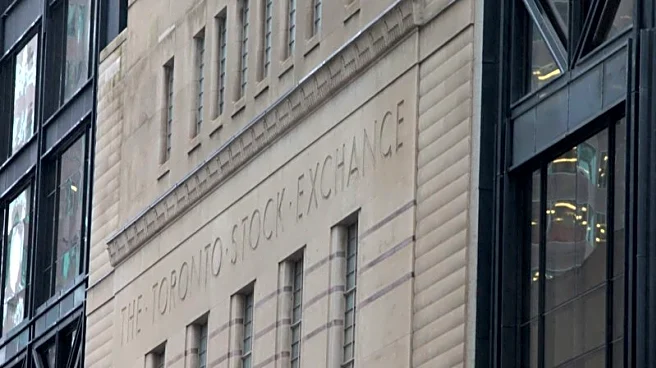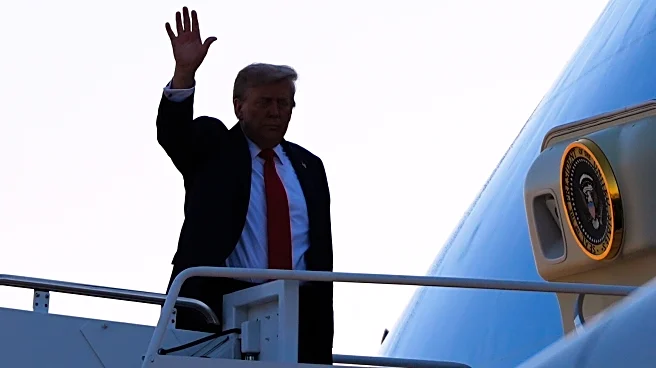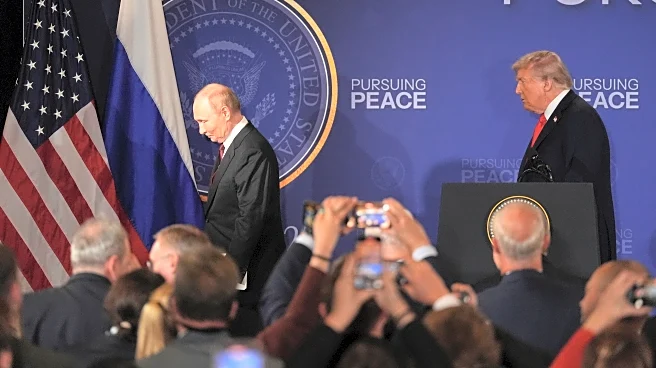What's Happening?
President Donald Trump has signed the GENIUS Act into law, establishing the first federal regulatory framework for stablecoins in the United States. This legislation introduces new capital and reserve requirements for stablecoin issuers, aiming to enhance oversight in the digital asset sector. The GENIUS Act aligns with international regulatory trends, such as the European Union's Markets in Crypto-Assets framework and Japan's digital asset policies. Treasury Secretary Scott Bessent emphasized the act's role in securing the global financial system and expanding access to digital dollars. The law mandates strict financial regulations for stablecoin issuers, including prohibitions on offering interest or yield to holders, to prevent private entities from providing banking services without proper oversight.
Why It's Important?
The GENIUS Act represents a significant step in U.S. digital asset policy, providing clarity and stability in the rapidly growing stablecoin market. By imposing stringent regulations, the act aims to prevent financial risks associated with unregulated digital assets and ensure that stablecoin issuers operate within a secure legal framework. This move is expected to stabilize the market, as non-compliant issuers may exit, leading to shifts in liquidity. The act also positions the U.S. as a leader in digital asset regulation, balancing innovation with risk management. The public comment period initiated by the Treasury will shape the implementation of the act, influencing the future of stablecoins in the U.S. and their role in the global financial ecosystem.
What's Next?
The U.S. Treasury has launched a public comment period to gather input from stakeholders on the implementation of the GENIUS Act. This process will help refine the regulations and address potential challenges faced by smaller market participants. The compliance deadline for stablecoin issuers is set for January 2027, allowing time for industry adjustments. The ongoing implementation process will be closely monitored by industry experts and regulators, as it defines the boundaries between traditional finance and digital asset offerings.














